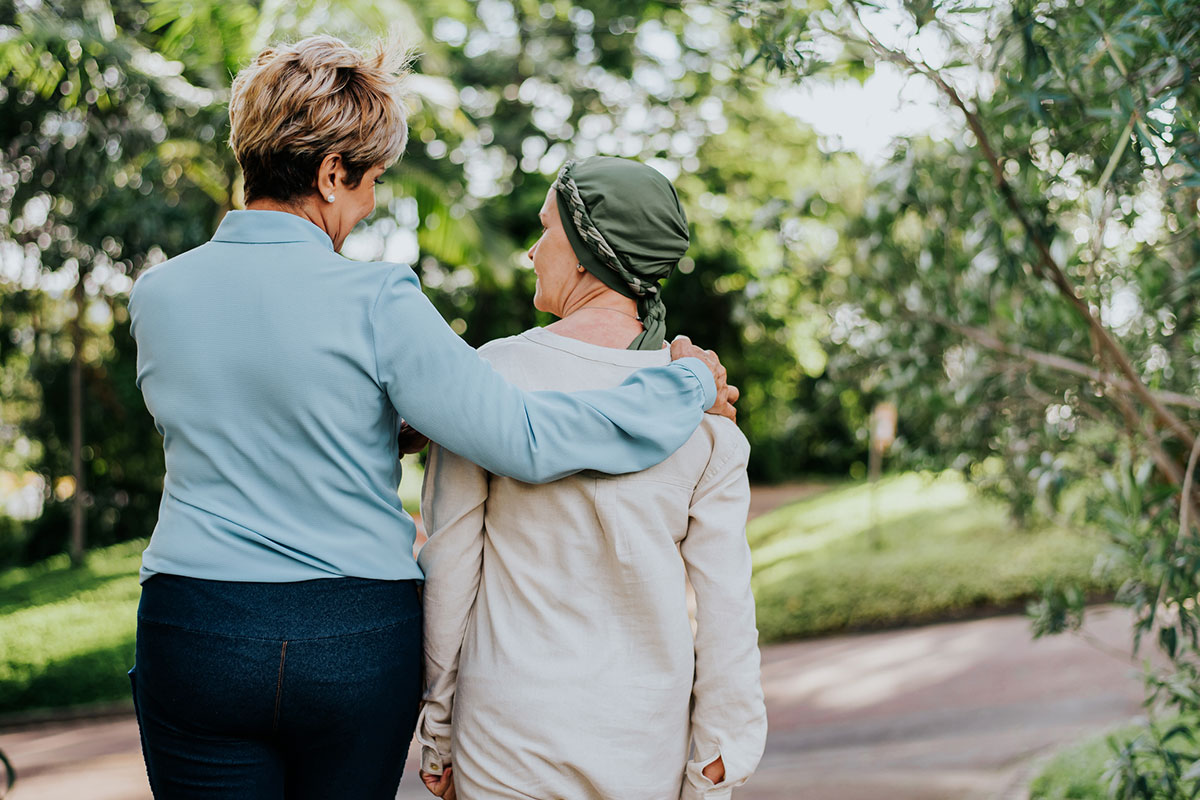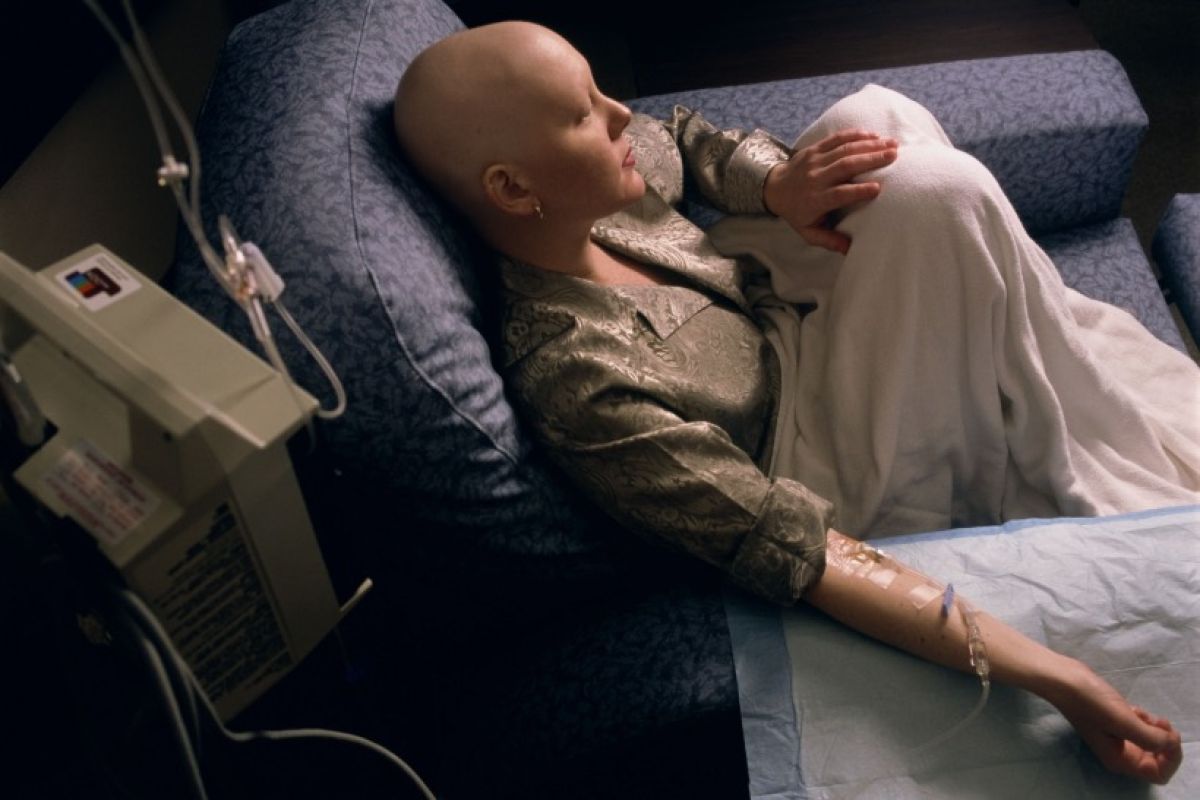Last Updated on November 14, 2025 by
Getting a cancer diagnosis starts a journey that can change your life. According to the American Cancer Society, the cancer survivor definition includes anyone with cancer, from the moment they’re diagnosed, as a cancer survivor.

This wide definition of a survivor includes people at different stages of treatment and after. It shows that survivorship is not just a short period. Knowing what it means to be a survivor is important for patients, their families, and doctors.
The way we define a cancer survivor has changed a lot over time. This change comes from new medical discoveries and how society views cancer. Groups like the National Coalition for Cancer Survivorship, the National Cancer Institute, and Macmillan Cancer Support agree. They say cancer survivorship starts when you’re first diagnosed.

Before, being a cancer survivor meant you had to live at least five years after diagnosis. This idea was seen as a sign of being cured. But, many felt this view was too simple and didn’t capture the full experience of cancer patients.
Now, we understand survivorship in a more detailed way. It covers all parts of cancer care, from the moment you’re diagnosed to after treatment.
Today, we see cancer survivorship in a more complex light. The National Cancer Institute’s 2021 definition of metastatic survivorship was a big step. It recognized the unique needs of those living with metastatic cancer.
Now, we know survivorship is more than just physical health. It includes the emotional, psychological, and social challenges too. The focus is on giving survivors the care they need, from diagnosis to long-term survivorship.
When someone is diagnosed with cancer, their life changes in big ways. This marks the start of their survivorship journey. Erin McLaughlin, an oncology nurse navigator, says being a cancer survivor is a badge of honour from the moment of diagnosis.

Cancer survivorship starts at diagnosis. This is both empowering and challenging. It’s a key moment because it begins the journey from diagnosis to recovery or long-term management.
Key aspects of survivorship from diagnosis onward include:
There are many wrong ideas about when cancer survivorship starts. Some think it begins after treatment ends or when someone is “cancer-free.” But survivorship is the whole journey, from diagnosis to all stages of treatment and beyond.
Common misconceptions include:
Knowing the real meaning of cancer survivorship helps everyone involved understand the journey better.
Many big groups have defined what it means to be a cancer survivor. These definitions help people understand their journey with cancer. They make sure everyone talks the same language, from patients to doctors.
The National Coalition for Cancer Survivorship (NCCS) has led the way in defining survivorship. They say anyone is a cancer survivor from the moment they’re diagnosed. This view shows that the cancer journey starts right when you find out you have it, not just after treatment.
The National Cancer Institute (NCI) has clear rules for cancer survivorship. They say a cancer survivor is anyone who has been diagnosed with cancer, from diagnosis through the rest of their life. This shows that care and support are needed all the way through a survivor’s life.
Macmillan Cancer Support, from the UK, also has a definition. They believe survivorship starts at diagnosis and goes on through treatment and after. Their view stresses the need for ongoing support and care for survivors, recognizing the challenges after treatment.
These big groups all agree on one thing: survivorship starts at diagnosis. This agreement is key because it gives a clear understanding and support system for cancer survivors. By saying survivorship starts at diagnosis, they highlight the importance of early and ongoing support during the cancer journey.
The number of cancer survivors in the United States is growing fast. This shows how far medical technology and treatments have come. It’s key to understand cancer survivorship and its effects.
By 2022, there were about 18.1 million cancer survivors in the U.S. These are people who have had cancer and are now living with or beyond it. The rise in survivors means we need better care and support for them.
Experts think the number of survivors will keep going up. By 2030, it’s expected to be over 22 million. This growth shows we must keep researching survivorship issues. We also need to create better care plans for survivors.
It’s vital to know what being a cancer survivor means and what survivorship entails. Looking at current and future numbers helps us get ready for the challenges and opportunities in cancer care.
The idea of surviving cancer for five years or more is key in oncology. Studies show that over 67% of cancer patients live at least five years after diagnosis. This shows how far cancer treatment and care have come.
The five-year survival rate shows how many patients live five years after being diagnosed with cancer. It’s important because it tells us how well treatments work and if patients can live long-term. Research in PMC shows that knowing survival rates helps patients and doctors choose the best treatments.
Living beyond five years means entering long-term survivorship. At this stage, patients face a lower risk of cancer coming back, but they’re not always cancer-free. Long-term survivorship comes with its own set of challenges, like dealing with treatment side effects and keeping overall health good.
Survivors need to keep getting the right follow-up care. This helps them stay healthy and deal with any problems quickly.
It’s important to know the different phases of cancer survivorship. This helps in giving the right care and support. The journey is complex, with many stages that people go through over time.
The National Cancer Institute has identified three main stages: acute, extended, and permanent. These stages recognize the varied experiences of cancer survivors. They also highlight the different needs at different times in their journey.
Acute survivorship is when someone is getting cancer treatment. This phase is filled with intense medical care, like surgery or chemotherapy. People in this phase face big physical and emotional challenges, like dealing with treatment side effects and the emotional impact of their diagnosis.
Extended survivorship starts after treatment ends and lasts until the cancer is in long-term remission. In this phase, survivors might deal with some side effects and are watched closely for cancer coming back. It’s a key time for recovery and getting back to normal.
Permanent survivorship is about living long-term after cancer treatment. People in this phase have finished treatment and are at a lower risk of cancer coming back. They might need ongoing care and check-ups. This phase shows how far cancer treatment has come and the strength of survivors.
The different survivorship types show the need for personalized support and care. Understanding what survivorship is and its phases helps healthcare providers meet the unique needs of cancer survivors. This improves their quality of life.
Cancer survivorship involves many physical challenges that need careful care and management. As more people survive cancer, it’s key to understand and tackle these physical issues.
The journey of a cancer survivor includes dealing with health problems. These range from treatment side effects to long-term and late effects that can show up months or years later.
Long-term side effects and late effects are big worries for cancer survivors. These can be chronic pain, fatigue, and even secondary cancers. It’s important to find ways to manage these to improve life quality.
Healthcare providers are key in helping survivors manage these issues. They create care plans and offer ongoing support.
Follow-up care is vital for cancer survivors. It includes regular check-ups and watching for signs of cancer coming back. Tailored care plans help survivors get the right support and care.
Healthy lifestyle choices are important for cancer survivors. This means eating well, staying active, and avoiding harmful substances like tobacco. Lifestyle changes can greatly improve a survivor’s health and happiness.
By focusing on these physical aspects, cancer survivors can navigate their journey better. They can achieve a better quality of life.
Multidisciplinary support is key for cancer survivors. They face many challenges from diagnosis to recovery. Tara Sweeney, BSN, RN, OCN, CHPN, says a team approach is vital for their care.
The medical team needs to work well together. Doctors, oncologists, and surgeons need to coordinate care. This ensures survivors get the right care for their needs.
Cancer affects not just the body but also the mind and emotions. Survivors need counselling and support groups. Emotional support helps them deal with their journey.
“Survivorship care is not just about treating the cancer; it’s about treating the whole person,” said Tara Sweeney, highlighting the importance of a holistic approach to cancer survivorship.
Survivors also face social and financial hurdles. They need help with insurance and work issues. Support systems like advocacy groups help a lot.
With the right support, survivors can manage their journey better. This approach aligns with the National Coalition for Cancer Survivorship’s definition. It shows the value of support in their journey.
Cancer survivorship starts at diagnosis and lasts a lifetime. It’s key to understand what being a cancer survivor means.
Survivorship isn’t just about the person with cancer. It also includes their family and caregivers. It’s about living with, through, and beyond cancer. Finding ways to handle the physical, emotional, and social challenges is part of it.
In the United States, over 18.1 million people are cancer survivors. Recognizing what survivorship is and its many sides is vital. This helps build a supportive community for those who have survived cancer.
Embracing the cancer survivor identity means recognizing the journey’s ups and downs. It’s about finding strength in the experience. And using it to help and inspire others.
Cancer survivorship means living with, through, and beyond a cancer diagnosis. It starts from the moment of diagnosis and goes on throughout a person’s life.
Cancer survivorship has different phases. The first is during active treatment, known as acute survivorship. Then, there’s extended survivorship during remission and recovery. Lastly, there’s permanent survivorship for those living long-term with cancer.
According to the National Coalition for Cancer Survivorship, you’re a cancer survivor from the moment you’re diagnosed.
Being cancer-free for five years is a big deal. It shows a high chance of long-term survival. But, it doesn’t mean you’re definitely cured.
Over 18.1 million people in the United States are cancer survivors. This number is expected to go over 22 million by 2030.
Cancer survivors need many kinds of support. This includes help from their medical team, psychological support, and help with social and financial issues.
Cancer survivors often face long-term side effects. These can be physical, emotional, and cognitive challenges. They need ongoing support and management.
Big organizations like the National Coalition for Cancer Survivorship and the National Cancer Institute have their own views on cancer survivorship. They mostly agree that it starts at diagnosis.
Follow-up care is key for cancer survivors. It helps watch for recurrence, manage side effects, and deal with new health issues.
Cancer survivors can boost their health by making lifestyle changes. Eating well, staying active, and avoiding tobacco and too much alcohol are good steps.
Subscribe to our e-newsletter to stay informed about the latest innovations in the world of health and exclusive offers!